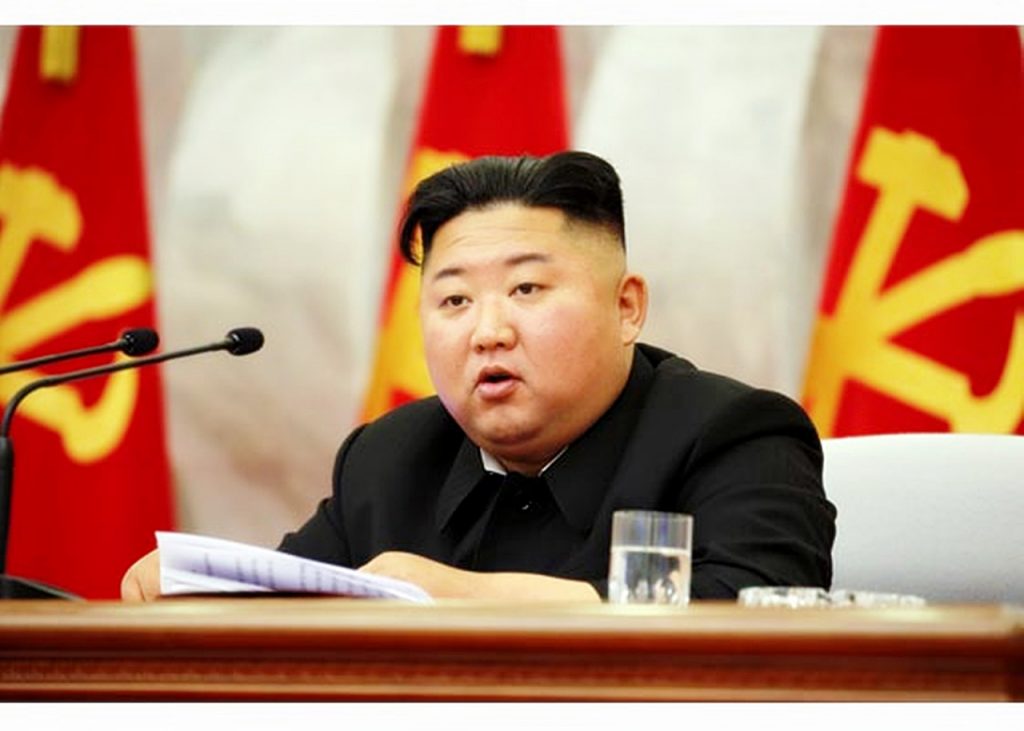Washington/Seoul: New satellite imagery has revealed a previously undeclared North Korean facility that experts suspect could be used to build nuclear warheads, a media report said Thursday.
The images, captured by Planet Labs and analyzed by experts at the Middlebury Institute of International Studies, show an active facility in the village of Wollo-ri near Pyongyang, the Seoul-based Yonhap News Agency quoted the CNN report as saying.
“It has all the signatures of a North Korean nuclear facility — security perimeter, on-site housing, monuments to unpublicized leadership visits, and an underground facility. And it sits right next to a bottled water factory that has none of those characteristics,” Jeffrey Lewis, a professor at the institute, was quoted as saying in the report.
“The big thing that sticks out is all the vehicle traffic — cars, trucks, shipping containers. This factory is very active. That activity has not slowed down — not during negotiations and not now. It’s still making nuclear weapons.”
The CNN report said the facility was identified in 2015 by researchers at the James Martin Center for Nonproliferation Studies, but Lewis and his fellow researchers chose not to publicize it because they could not determine its role in North Korea’s nuclear program.
Nuclear negotiations between Washington and Pyongyang have stalled, with the two sides wide apart on the scope of North Korea’s denuclearization and sanctions relief from the US, said the Yonhap News Agency report.
Meanwhile, South Korea’s Defence Ministry refused to confirm the CNN report but said it was “closely monitoring related activities in close coordination with the US intelligence authorities”.
According to military sources, there are presumed to be “many more” unknown facilities in North Korea suspected to be linked to nuclear and missile activities, and those in the Wollo-ri area do not appear to have been a key base for its development or production of nuclear weapons at least until now, Yonhap added.
IANS
